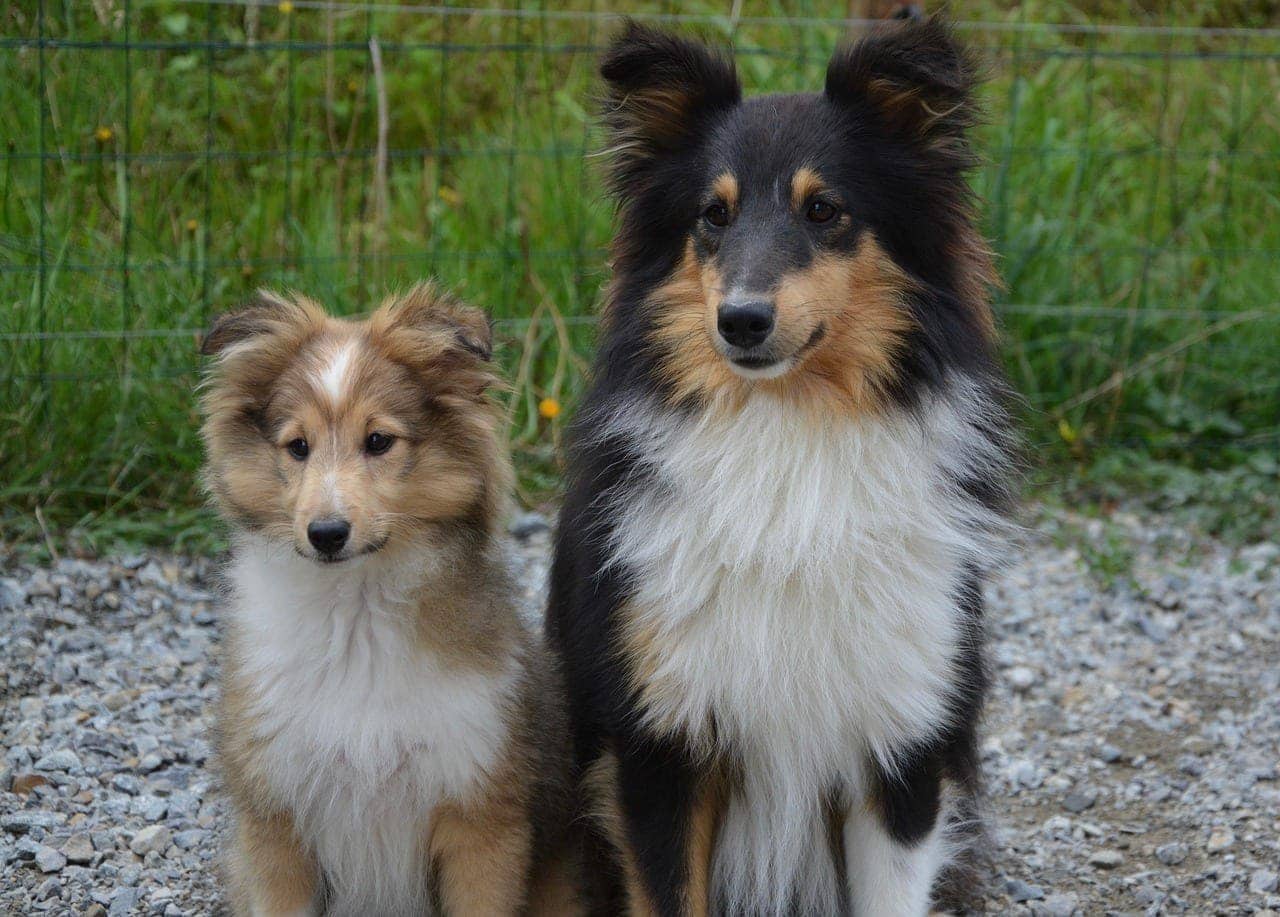20 Dog Breeds that Love to Dig

Updated on
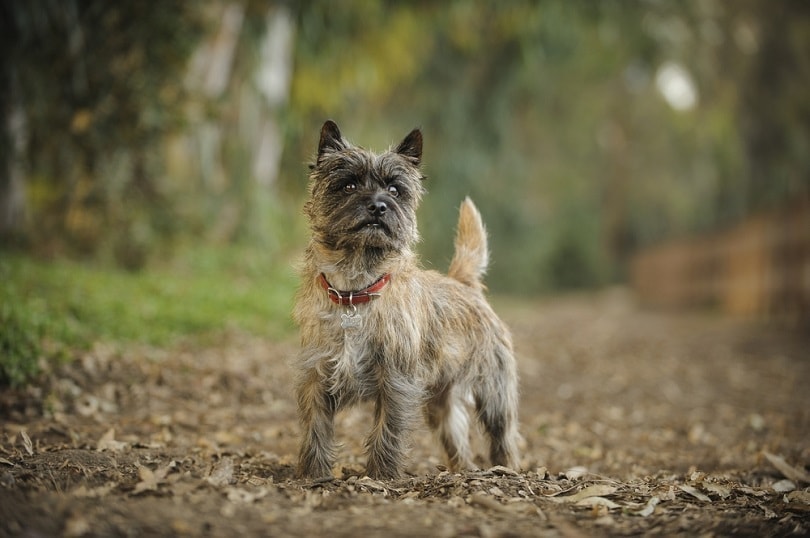
When you think about dogs, you might imagine a dog digging a hole to bury a bone. Terriers are probably the most well-known breed for digging work, so most of the dogs on this list will be, unsurprisingly, from that category. The word “terrier” actually translates from French as “burrow,” and while most terriers today are companion dogs and not as commonly employed as ratters, the instinct is still there. So what are the main burrowing dog breeds?
There are many reasons a dog will dig, everything from genetics to creating a den, stress, and finding a way to escape. So, here are 20 dog breeds that enjoy digging at every opportunity, in alphabetical order:
Top 20 Dog Breeds That Dig
1. Airedale Terrier
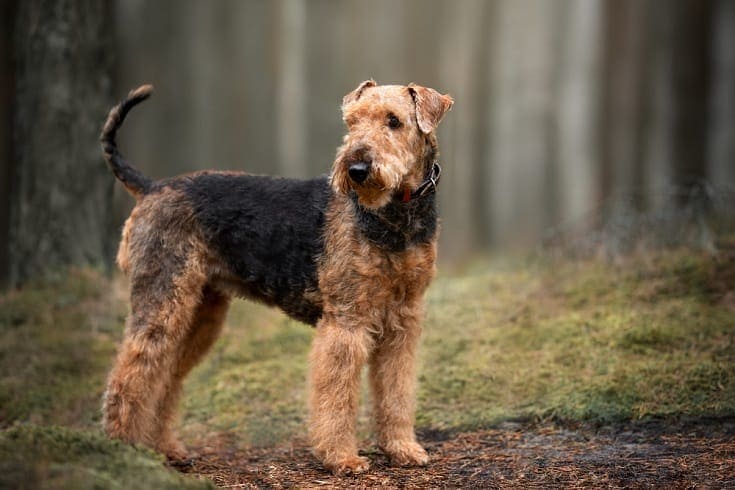
The Airedale Terrier came from the Aire Valley (located in northern England near the Scottish border) and was bred to hunt rats and ducks in the mid-1800s. They will be more than happy to dig down into your lawn and garden to make a little den and to look for critters.
2. Alaskan Malamute
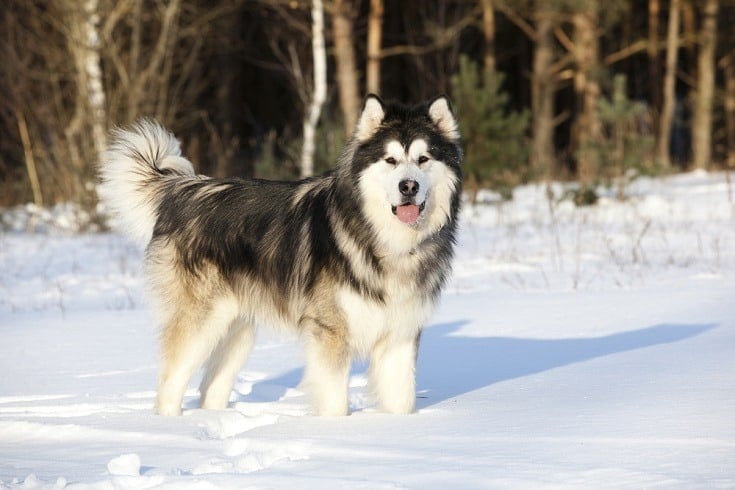
Alaskan Malamutes are one of the oldest sled dogs. It is believed that they have descended from a Paleolithic wolf-dog that worked alongside hunters as long as 4,000 years ago. The Malamute would dig dens in the frigid Alaskan winters as a means to keep warm during blizzards and as a way to stay cool in the hot summer weather. You can expect your Malamute to continue this digging behavior in your backyard if they have no shelter from extreme weather.
3. Australian Shepherd
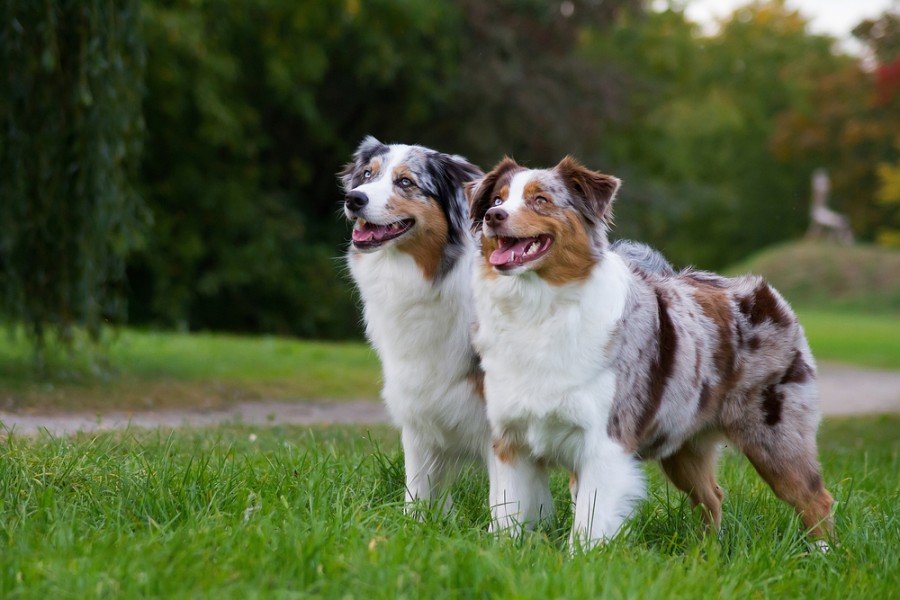
The Australian Shepherd is a mix of the Basque Pyrenean Shepherd that was brought to Australia and a mixture of Border Collie and Collie. They then emigrated to the United States and were mistaken for an Australian breed, which gives them their name. The Australian Shepherd was not bred for digging, but they are very active working dogs that, when bored, will resort to destructive behavior and are known to dig.
4. Australian Terrier
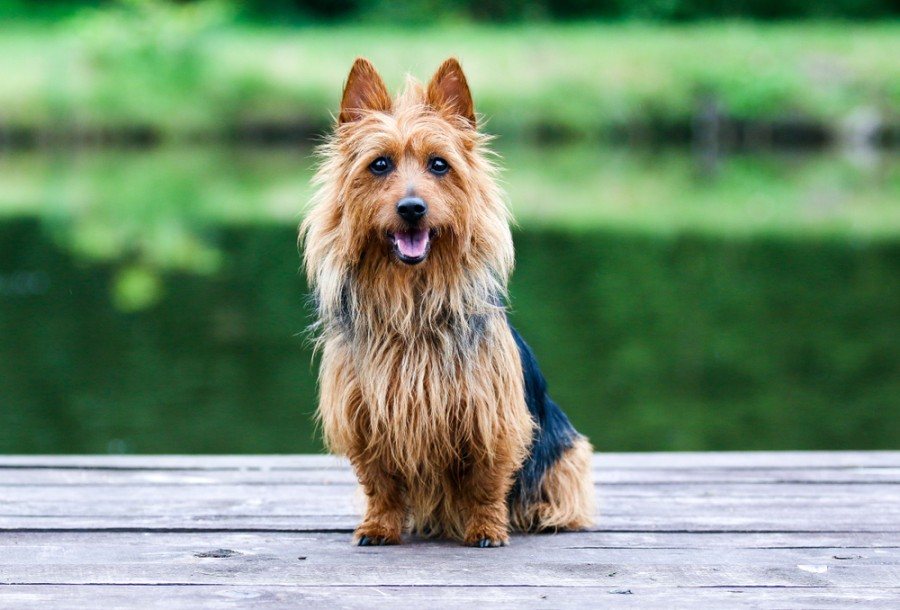
The Australian Terrier is a product of multiple British Terriers (including, but not limited to, the Cairn, Yorkie, Scottie, and Norwich) brought to Australia in the 1800s. They were used to eradicate snakes as well as vermin, which makes these little terriers courageous and feisty. Just like any terrier, the Australian Terrier enjoys digging, always on the lookout for small, furry prey.
5. Basset Hound
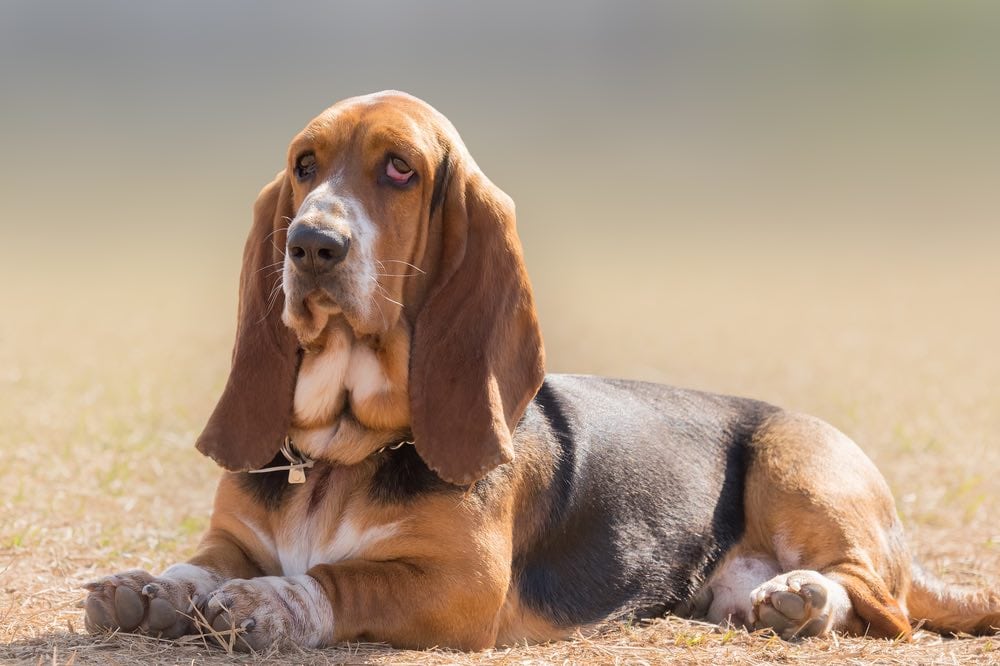
The Basset Hound had its origins in Belgium and France by the friars of the Belgium Abbey of Saint-Hubert. They wanted to breed a scenting hound built low to the ground. As a hunting dog, the Basset Hound was bred to dig into animal holes, so the digging instinct is there. This can also be a sign of boredom if you notice your Basset Hound digging up your yard!
6. Beagle
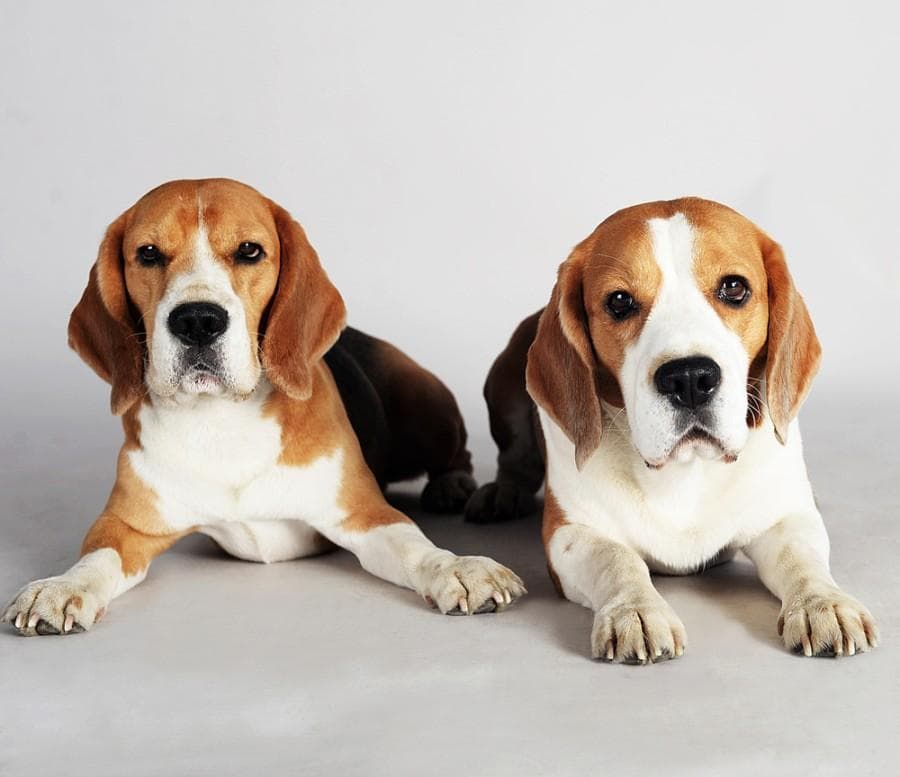
The Beagle is an ancient hunting dog that goes as far back as 55 B.C. in England, but in the 1500s, packs of smaller hounds used for hunting hares are when we see the beginnings of the modern Beagle. These dogs are known diggers, whether it’s your garden chasing down small rodents or your bed attempting to create a cozy den, you will see digging activity, which is normal behavior for Beagles.
7. Bedlington Terrier

The Bedlington Terrier was used by the miners of Northumberland throughout the 1800s as ratters. These fluffy dogs make fantastic family pets, as they are gentle and affectionate, but they will dig up your front yard on the hunt for rabbits or mice.
8. Border Collie
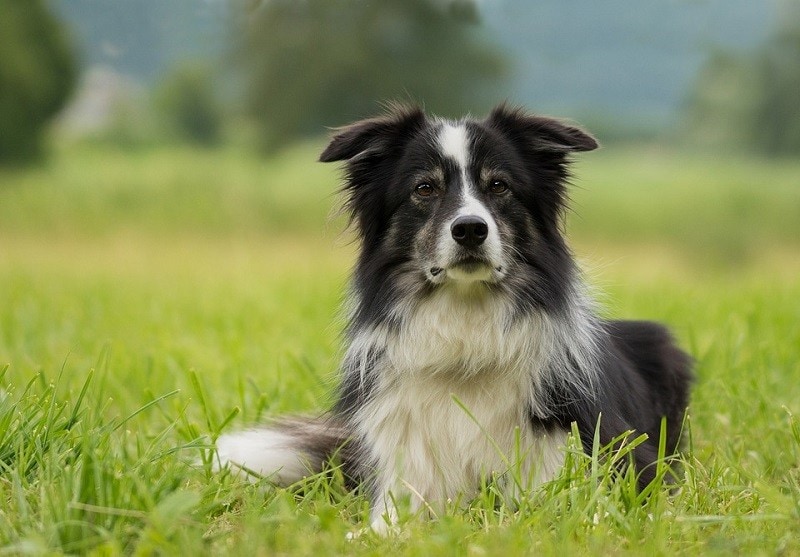
The Border Collie was bred with the mix of ancient Roman dogs and Viking spitz-like dogs that were brought into England. These herding dogs are highly energetic and need to be kept busy with ways to expend their energy daily or they will become destructive. This will, of course, include lots of digging. They could also be looking for a spot to cool off when they’re hot, but boredom is a common element with the Border Collie.
9. Border Terrier
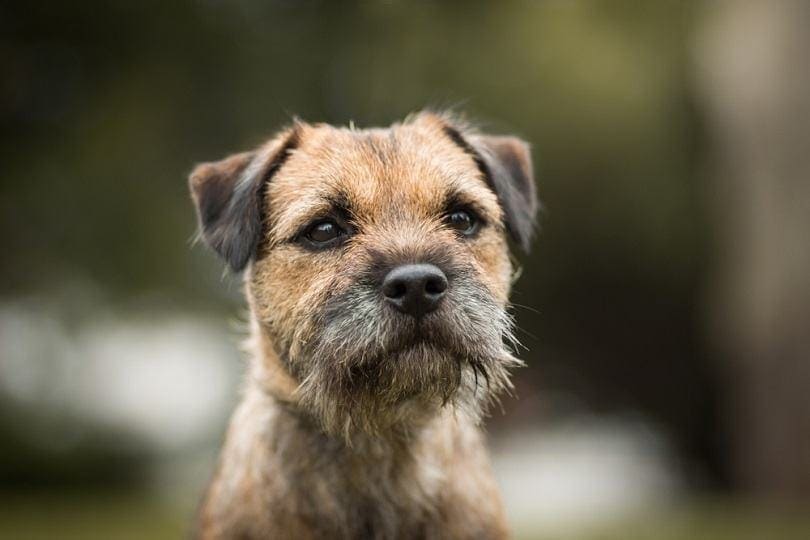
The Border Terrier was bred in England near Scotland’s border to help farmers and shepherds protect sheep against predators, namely the fox. They were large enough to run with hunters on horseback but small enough to dig into the fox’s den. The terrier instinct continues on, and unfortunately for your yard, the Border Terrier will always enjoy a good digging.
10. Cairn Terrier
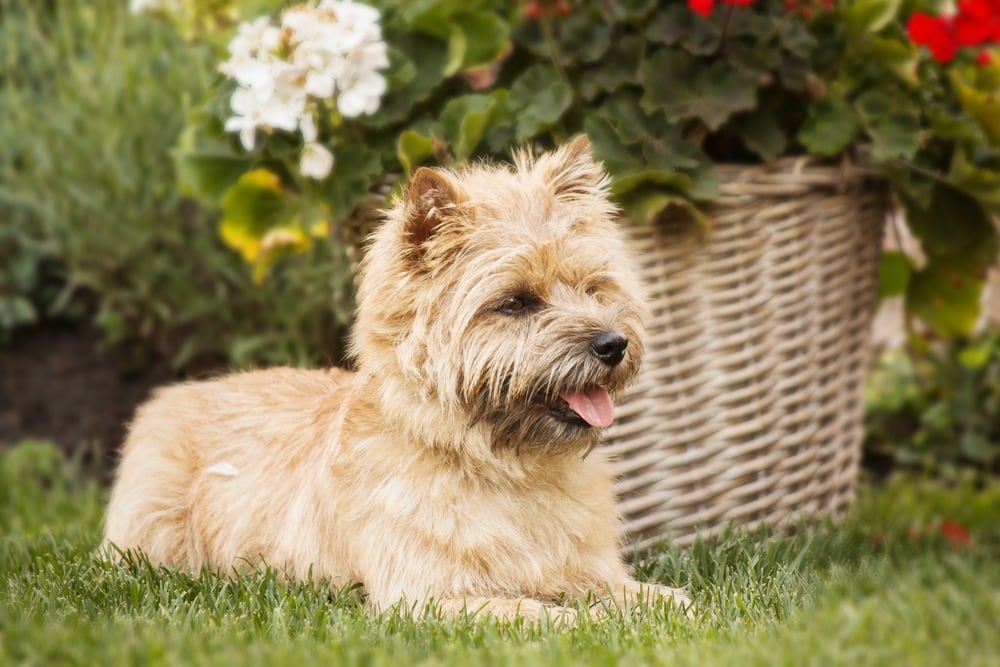
The Cairn Terrier has its origins in the 1600s in the Western Highlands of Scotland, as well as the Isle of Skye. A “cairn” is a pile of stones used as a marker for boundaries and gravesites, but rodents would make themselves at home within cairns. The Cairn Terrier was bred to dig themselves into cairns and eradicate these rodents. The most famous Cairn Terrier was Toto from the 1939 The Wizard of Oz movie. The urge to dig and to rout out small critters is ingrained in the Cairn, so giving them a place to safely dig, or ensuring they’re not bored, should help.
11. Dachshund
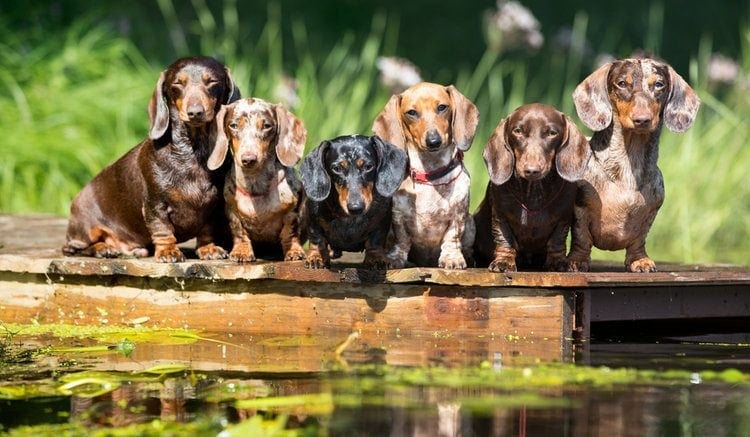
“Dachs” means “badger” and “hund” means “dog” in German, so the Dachshund is, essentially, a “badger dog.” They have been around for about 600 years and were used to dig into badger dens and rout out these intimidating mammals. The Dachshund is a known digger because it is in their nature, but digging can occur out of boredom as well.
12. Fox Terrier
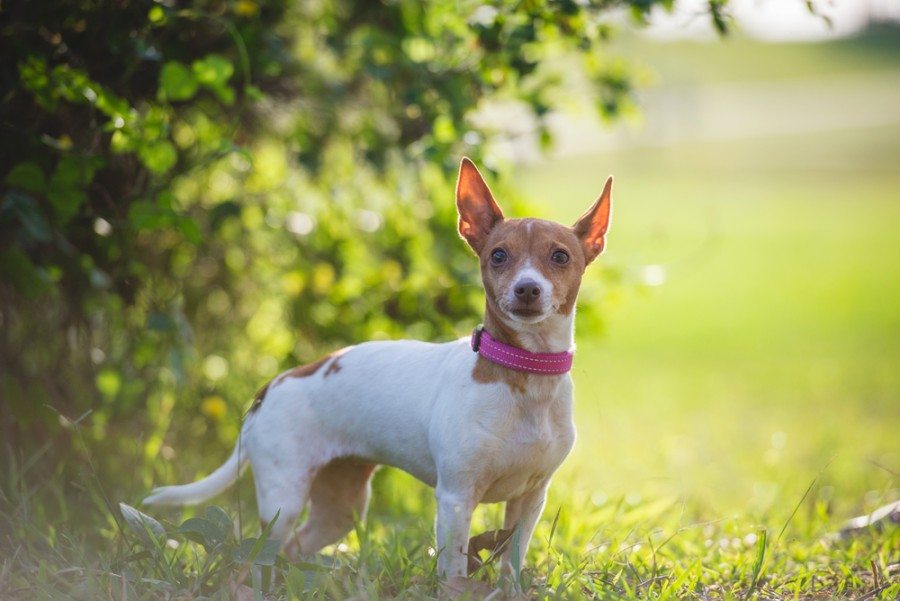
The Smooth Fox Terrier and the Wire Fox Terrier are considered separate breeds, but they share similar qualities. They were used for hunting foxes, which began in the late 1700s until it was banned in 2003. These dogs were released when the fox went below ground, and the Fox Terrier would dig the fox out. Unwanted digging is in the nature of the Fox Terrier, which might be looking for small creatures.
13. Miniature Schnauzer
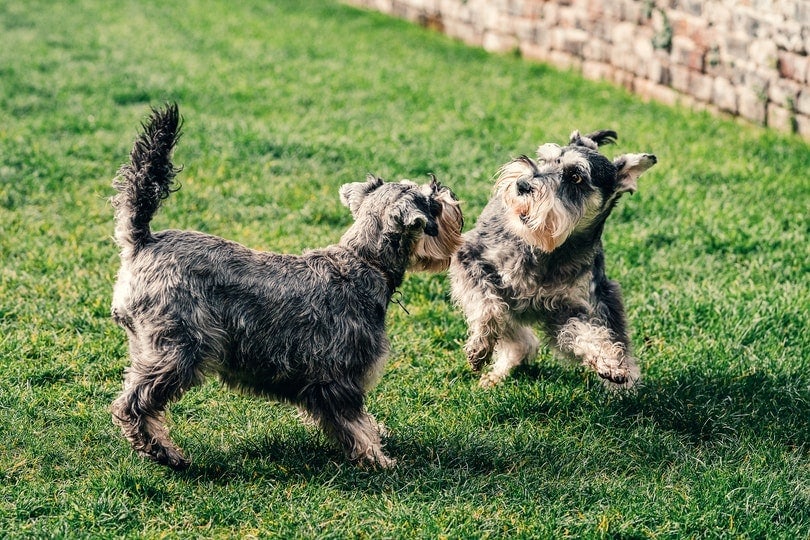
The Miniature Schnauzer was bred back in the 1500s in Germany, where farmers miniaturized the Standard Schnauzer in size to work as ratters. These are very friendly and smart dogs, but the instinct to dig up the burrows of small animals might ruin your lawn.
14. Norwich Terrier
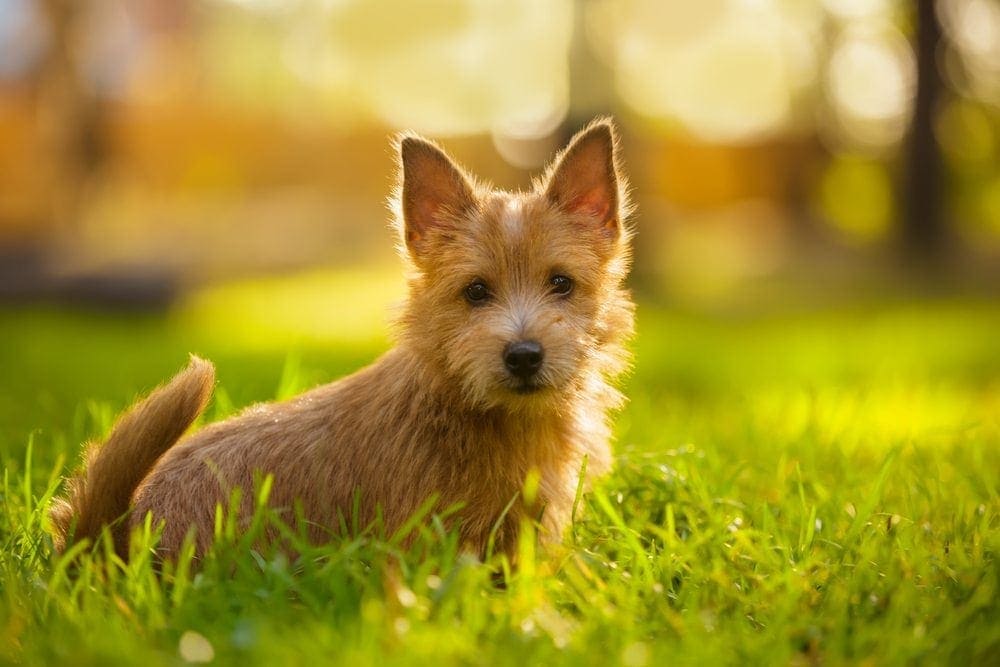
Norwich Terriers were used as ratters and in foxhunts in England. They became popular amongst students at Cambridge University in the late 1800s as companions, as well as for hunting rats in dorm rooms. The Norwich’s hunting instincts will drive them into the ground, so expect lots of holes and dirt.
15. Rat Terrier
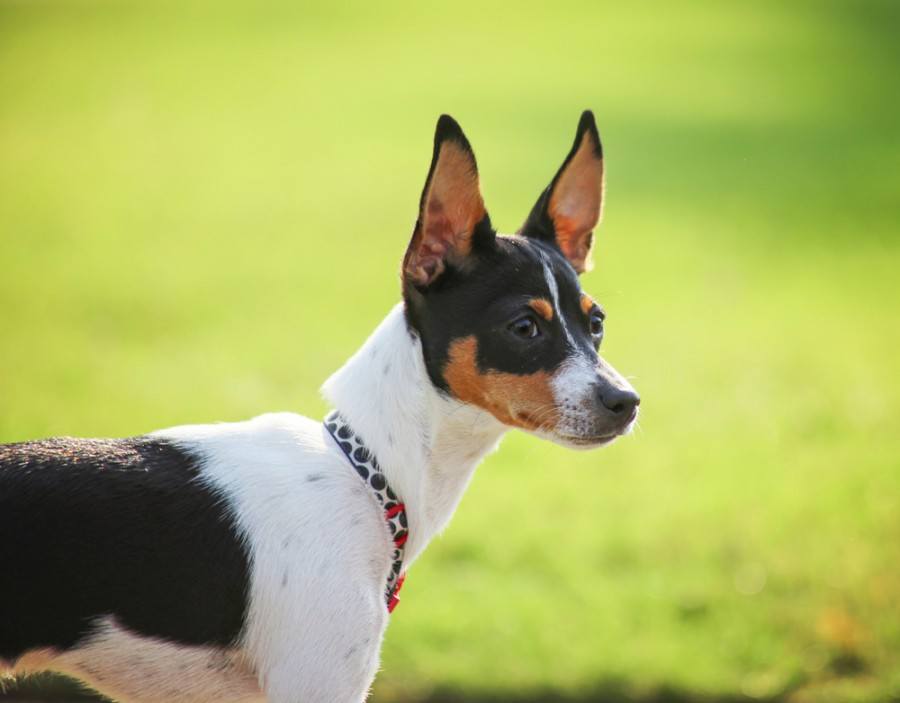
The Rat Terrier is an American dog that was bred for hunting rats on farms but was also used as a guardian and watchdog. If your Rat Terrier smells something enticing or notices a furry creature going underground, you can be reasonably certain that they will be following their nose and digging holes to their heart’s content.
16. Russell Terrier

The Jack Russell and the Parson Russell were both bred for hunting foxes above and below ground. The Russell Terrier was named after Reverend John Russell (“The Sporting Parson”), who developed these breeds in the 1800s. They are hardworking, lively, and intelligent dogs that devote their energy to many activities. Not only are they likely to dig because of their instincts but if they are bored and left alone too often. However, digging might not be the only destructive behavior the Russell Terrier will resort to.
17. Scottish Terriers
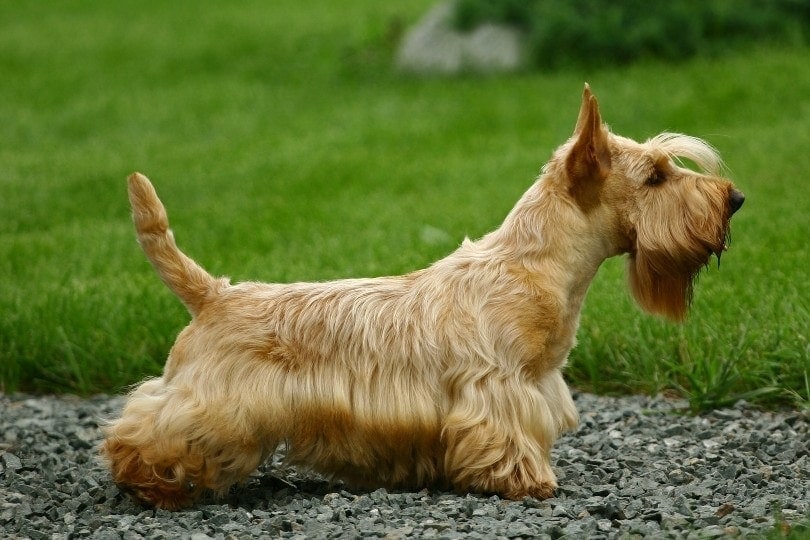
The Scottish Terrier was bred to hunt foxes, badgers, and rats in the Scottish Highlands for hundreds of years. They have small, compact bodies and powerful legs that help to drive them toward their prey. The instinct to search and rout out prey is strong in this breed, so don’t be surprised when you find your garden full of holes.
18. Siberian Husky

Siberian Husky lineage is thought to go back more than 4,000 years. They were bred by the Chukchi (semi-Nomadic Indigenous people in ancient Siberia) as sled dogs, as well as for hunting and companionship for the families. Like the Alaskan Malamute, the Husky will dig a hole for cooling off in the summer or keeping warm in the winter, or just out of boredom.
19. Skye Terrier

The Skye Terrier was bred on the Isle of Skye, one of Scotland’s Inner Hebrides islands, for controlling the badger and fox population. They later became a favorite of Queen Victoria in the late 1800s. The love of digging is an inherent nature of this sweet and brave dog.
20. West Highland White Terrier
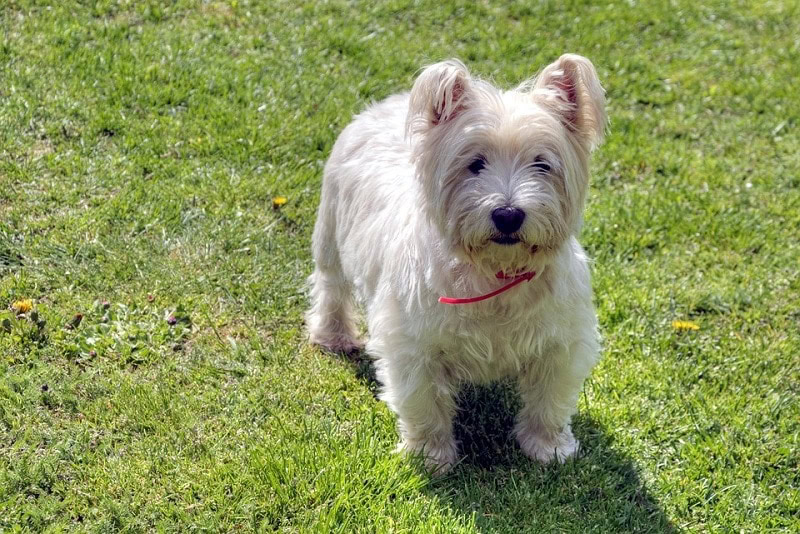
The West Highland White Terrier is another terrier from Scotland from, yes, you guessed it, the West Highlands. Like the other terriers from Scotland, they were bred to deal with the infestations of rats that were depleting stored grain and were carrying diseases. The Westie is one of the most popular terriers, but like all terriers, will enjoy a good digging session.
Conclusion
There are many methods that can help you to curb this behavior, but it will depend on why your dog likes to dig in the first place. On the negative side, you will have yourself a ruined lawn or garden, but on the positive, you can rest assured that your home and property will be critter-free.
Related Read:
- Parson vs Jack Russell vs Russell Terrier: What’s the Difference?
- Foxhound vs. Beagle: What Are the Differences?
Featured Image Credit: everydoghasastory, Shutterstock

